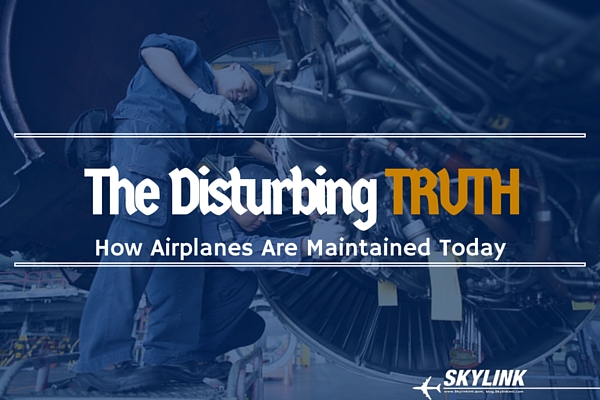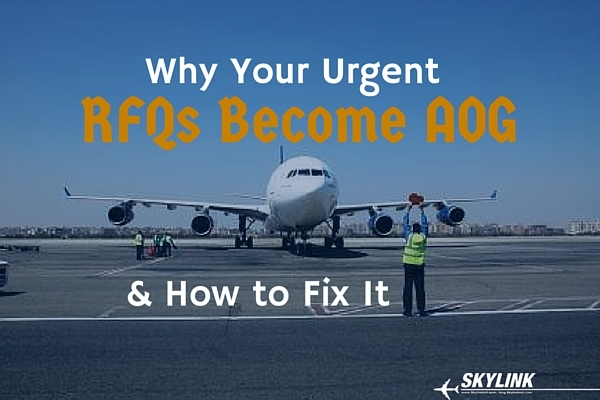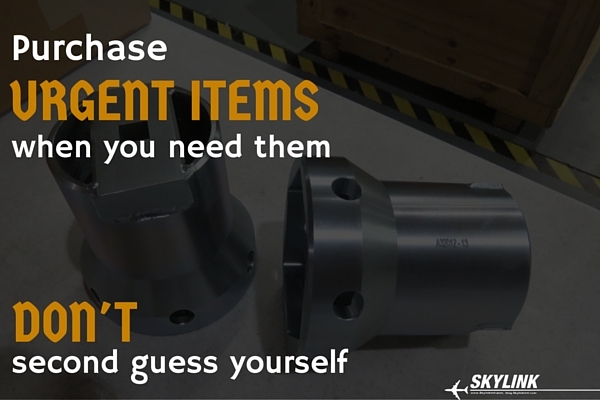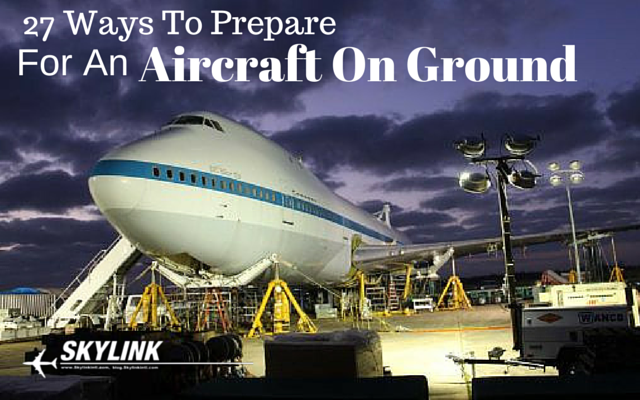A simple way to improve your aircraft hydraulic maintenance costs in less than 30 days. Do you know how much your operation spends on ATA29? If not, I’ll give you the answer. The total world MRO demand for 2018 and 2019 is $184 billion. Of that $184 billion, ATA29 takes up $2.9 billion. That’s 1.57% of the total world demand!
Quick Relief For Aircraft Hydraulic Leaks
Don’t let leaks waste your time or money. Do this instead. Hydraulic leaks.They’re a pesky issue that happens to the best of us. The worst part about them? The unknown! You can’t predict where the leak will occur. What areas it’ll effect and when it’ll happen. The unknown is scary. Costly!
5 Types Of Aircraft Grease That Covers 90% Of All Your Grease Needs
Have you ever been AOG for grease?
You may be sitting across from this screen laughing, but I’ve seen it. Seriously!
One of our team members get’s a frantic call. The client panicking.
We’re “AOG” for grease -he clamored. You could tell by his voice someone made a big mistake. He was having to pay for it. They ran out of aircraft grease and didn’t replenish. Whoops!
29 Ways To Prepare For An Aircraft on Ground
When you hear the 3 letters, A-O-G, it makes you cringe.
Your heart rate starts to race, your palms begin to sweat and you frantically think I-have-to-fix-this-now.
AOG are stressful. But if you're prepared before the AOG, it’ll make your aviation life much easier.
Why AOGs Drive Airlines Crazy & How to Minimize Their Impact
Great News! You can find this blog post featured on MRO Network. Markets are competitive. Finding the right economical balance between costs of Aircraft on Ground (AOG) and stock is critical.
It’s these decisions that give you, the operator, a competitive advantage. AOGs are a thorn in your spine. They give you an overwhelmed feeling deep in the pit of your stomach. A feeling you can't outrun. This is why planning and knowing your operational downside is important.
Not all AOGs are created equal
Most carriers make the mistake of believing AOGs are costly. They use the term "cost" loosely. When there’s no pre-defined measure of what cost really is, airlines start making wrong decisions. When you're first battling your AOG problem, it’s important to know what your AOGs costs are. You won't be completely accurate buts it's creating a baseline that's important part.
AOG costs vary from airline to airline. They can cancel flights or delay them for hours. Passenger carriers don't lose revenue since passengers are re-booked. But customer moral sinks. Any delay, passengers get upset. Knowing a customer's lifetime value is smart business as it'll tell you what a lost customer costs. Early morning AOGs will screw up the entire day's schedule while late domestic flights will not.
Other scenarios are at play as well. Load factors, passenger mix and aircraft type all play their part.
If you’re a cargo carrier, you can’t simply rebook passengers. You may lose all revenue if the cargo isn’t delivered on time. This is why you have more support aircraft.
And if that wasn’t enough, you'll need to know the cost of other variables:
• Meals
• Accommodations
• Transportation
• Additional crew costs
• Mechanics overtime
• Component shipping costs
• Productivity losses
Then there comes the AOGs costs that affect the rest of the schedule. If this AOG occurs, what other costs will you experience throughout the network? Putting a figure on this is important.
Actionable tip: Know your AOG cost. A fair estimate is better than no estimate at all.
Create a parts stock model
You’ll then need to figure out how likely each AOG will occur.
Start with your reliability of no-go parts. These are the category 1 on the minimum equipment list (MEL). When these parts malfunction or go bad you’ll have an AOG to deal with.
The next thing you’ll need to do is translate the AOG costs you calculated into a required level of parts stock. In the past this was done through a Required Spare Provisioning List (RSPL) model. This is easier said than done. RSPLs vary in how complete they are and their overall sophistication. Some airlines will use these for initial stock provisioning while other airlines just don't have the time.
The RSPL model will help determine the aircraft part demands by airport and consider transport times.
There’s a ton of software that can help achieve this, if you have the budget and time for implementation.
Actionable tip: Compile a list of your no-go aircraft parts. If you lack the time and budget, work with your preferred spares partner to be ready for AOG situations. Create a transit time from their facility to all your airports. Be prepared. Then, once you have the time and budget, refine this process and make it more integrative.
Arrange your buy, lease or pools
Your next AOG battle is to decide how much capital you want to tie up on the shelves.
Some airlines and MROs prefer to keep their stock in house. They feel as though they’re more in control over their stock. If you go this route, just know the opportunity costs of the money that’s being utilized for this specific strategy. More airlines are putting more trust in aggregators, as that’s what they do.
You must decide if it's more beneficial to take care of it yourself, or outsource so you can focus attention to other areas.
Each is a viable option.
Actionable tip: Work with an aircraft spares partner. Talk with them about the exact problems you’re looking to overcome and let them come up with solutions on how to solve it. Notice if they talk about themselves, they’ll care more about their bottom line than yours. You’ll also want a partner who can support you on the expendables and repairs front as well. This will save you hundreds of hours every year with a tight focus on your entire spare needs.
Understand that once you have a model in place it won’t solve your entire problem. You’ll never know entirely what a real AOG will cost. There’s just too many variables. But having realistic estimates will save you a ton of time and money.
Understand your tradeoffs between AOGs and inventory costs and start making incremental changes.
The Disturbing Truth: How Airplanes Are Maintained Today
 The search is over. We bring you the best aviation stories from this week. Why AOGs drive airlines crazy, whether lithium batteries can be made safe, the truth about airplane maintenance, and how to stay positive.
The search is over. We bring you the best aviation stories from this week. Why AOGs drive airlines crazy, whether lithium batteries can be made safe, the truth about airplane maintenance, and how to stay positive.
Never Forget Your: Quote
"To most people, the sky is the limit. To those who love aviation, the sky is home." — Anonymous
[Tweet ""To most people, the sky is the limit. To those who love aviation, the sky is home." — Anonymous #avgeek #quote "]
Never Forget Your: News
Why AOGs drive airlines crazy and how to minimize their impact — “AOGs are a thorn in your spine. They give you an overwhelmed feeling deep in the pit of your stomach. A feeling you can't outrun. This is why planning and knowing your operational downside is important."
To the rescue: Can lithium batteries be made safe for flight? — “Today more than 18 carriers have banned the bulk transport of lithium batteries as belly cargo on passenger planes, and some have banned the cells on all shipments, including freighters."
The Disturbing Truth About How Airplanes Are Maintained Today — “In the last decade, most of the big U.S. airlines have shifted major maintenance work to places like El Salvador, Mexico, and China, where few mechanics are F.A.A. certified and inspections have no teeth."
The world needs aviation — how flying keeps us grounded — “Technology has made it easier than ever to turn our attention inward, with often depressing results. Aviation may seem like the ultimate activity for the confident individual, and yet learning to fly has a unique ability to make us humble."
[Tweet "Must read #aviation #news..."]
Never Forget Your: Relief
The Stress Free Benefits Of On-Demand Expendables — "You've labored over cutting POs, making sure the part number was right, and ensuring you have the right condition without overspending. Making things easier is your operational priority. Find out how through these benefits."
Stay Positive — Thinking negatively can drag down our moods, our actions and even our health. Learn ways to stay positive.
[Tweet "Try these steps to staying #positive #aviation #lifestyle"]
Never Forget Your: Events
NAAA 49th Annual Convention & Exposition
- December 7-10, 2015
- Savannah, Georgia
- January 1, 2016
- Nappanee, Indiana
- February 3-4, 2016
- Dubai, UAE
[Tweet "Here's some upcoming #aviation events..."]
Why Your Urgent RFQs Become AOG & How to Fix It
You’re always stuck firefighting AOGs. It’s routine for you. A normal way of your aviation life. Yet, every time it wastes time and money. It’s a burden. It’s stressful. It’s wasteful.

100% of the airlines and MROs we work with struggle with the same problem. Some more than others.
When AOGs happen, you’re in trouble. You do everything you can to resolve the issue. It drains your time, you spend extra money and you have better things to do.
What if you could reduce your AOGs?
You were urgent and now you’re AOG. Why?
Follow me through this narrative….
It’s Monday, an airline (you) asks Skylink for 5 urgent aircraft components. 3 days later we check in with you to make sure everything is going good since you haven’t asked us to ship. On the 7 day you call us saying you're now AOG. In 2 days, your aircraft will be grounded, so you need these items rushed.
You go from an urgent request to an AOG request.
You go from nominal processing and shipping costs to doubling your expenses. We’ve seen expenses go as high as 13x the original direct cost due to AOG shipping costs and fees.
Crazy!
You had everything planned with your original request. You asked for a quote and you got the quote. The items were ready, waiting for you to make a decision. But you decided to wait.
It’s natural. You want to wait as the urgent request may resolve itself. Yet decisions like this cost the industry millions of dollars a year.
The most urgent items will not become less urgent over time. They progress into an AOG. Causing you time and money.
Rarely you’ll solve the urgent request by yourself with internal means.
Statistically, you’re taking a gamble. A big gamble.
How can you stay in the urgent and avoid the AOG?
Every day we think about ways to help you resolve AOGs. We’re pretty darn good at it too. But that’s not enough.
Being fast to get you what you want, when you want it still costs you more time and money then you deserve.
Here’s something we’re playing with…

You need to purchase the urgent items when you need them. Don’t second guess yourself. Worst case scenario you resolve the issue and have an extra order on your hands. The best case scenario, you have support components to resolve an urgent situation before it costs you AOG fees.
You can calculate your return on investment by making a smart, quick and decisive decision. But, this still adds a small burden to you.
What if you could then return these items if you figure things out? These urgent items will act as an insurance policy to avoid an AOG and you have the peace of mind for a simple return.
Would a peace of mind guarantee make your life easier? Would it help you purchase urgent items and resolve a request before it becomes AOG with the peace of mind of being able to return them with little hassle?
We would love to hear your thoughts on how this idea would help your operation.
Email your dedicated Account Manager or our VP Nate Anglin (nate@skylinkintl.com) and discuss the benefits this would create for you and how we can implement it to best serve you.
27 Ways To Prepare For An Aircraft On Ground (AOG)
When you hear the 3 letters, A-O-G, it makes you cringe.

Your heart rate pumps at high speeds and the frantic, I-have-to-fix-this-now mindset begins.
I agree it’s stressful, but if you'rE prepared before the AOG, it’ll make your aviation life much easier.
That’s why I compiled this simple, yet effective list so you are prepared going into an AOG battle.
- Have your top rotable, consumable, and expendable partner on speed dial.
- Review a list of your past AOGs and build a theme around reoccurring part numbers.
- Have a partner stock their inventory with your AOG components so you don’t have to.
- Constantly review your logistical network from your top partners.
- Delegate certain responsibilities so you can focus on the big issue.
- Give yourself no more than 30 minutes to procure the AOG component so you can avoid unnecessary delays of indecisiveness.
- Use a freight forwarder who knows what an AOG means.
- Your freight forwarder should have a large route network.
- Calculate your opportunity cost based on various options.
- Consolidate mutliple line items to mitigate risk.
- Keep in close contact with your top supplier so they are up to date with your operation.
- Talk with your supplier, 24/7 via email, phone, or Skype.
- Have face to face meetings with your top supplier so trust is continually built.
- Prepare multiple contingencies for every AOG solution.
- Take 10 deep breaths before making a decision.
- Automate your AOG procurement process.
- Reduce mass emails as this adds a level of complexity you may not see.
- Reduce mass emails as an airline with an AOG increases market 15% - 25%.
- Take advantage of a pooling program so you invest more on operations and less on stock.
- Forecast your high usage consumables and utilize an On-Demand & Just In Time service so you have the items as you need them without over investing in inventory.
- Have weekly meetings with your partners so they’re always on the same level as you.
- Use partners that you feel are like your own internal employees.
- Review your mean time between event (MTBE), mean time between removal (MTBR), mean time between unscheduled removal (MTBUR=MTBU), mean time between failure (MTBF) regularly.
- Use the Pareto Analysis to pinpoint repeat issues with the biggest impact and solve them.
- Your freight forwarder should be available 24/7.
- Utilize GPS tracking for your high value AOG freight for piece of mind.
- Build a friendship with your dedicated account manager.
As you can see there are many ways to prepare for an AOG. Often times people over complicate this process and engineer complex systems that are not able to accommodate an AOG as it’s happening.
They do a great job analyzing and forecasting potential problems, but once an AOG occurs, it just needs to be resolved…by a human, using close relationships with key partners.
It’s as simple as that.
Do you take advantage of any of these AOG suggestions?
P.S. We have an AOG program that utilizes distribution networks and logistical partners all over the world. Interested? Contact your dedicated account manager here.
What AOGs And Wrinkles Have In Common
Do you ever look in the mirror and say “it must be the poor lighting?” Years of youth verifiably gone.
Smooth skin has turned into something of another form.
A form in which I’ll keep to myself so you don’t try to hunt me down.
Often times wrinkles associate with age and experience.
But is this always the case?
Is it instead a sign of constant stress, poor habits and work priorities that puts your health last?
There’s constant pressure to keep your aircraft maintenance short and to maximize cycles.
And not to mention the added pressure of AOGs.
AOGs are a recipe for wrinkles.
The wrinkle inducing AOG
Your aircraft has been grounded at your primary operating base.
The engineering department states that a hydraulic hose busted and you have no stock to replace it.
You’re instructed that the hose must be at your base for tomorrow afternoons flight.
You search the entire world but no hose is available.
One of your key partners provides you with a solution, but the 7 day lead time to assemble the hose puts you in a further predicament.
AOGs are stressful. From the time you find out about the AOG to the time the aircraft is in the air, the pressure is on.
You lose thousands of dollars every hour your aircraft is on the ground.
AOGs cause wrinkles because AOGs are stressful.
Aircraft maintenance isn’t always easy and the wrinkles you now see on your face are a product of this environment.
Stress causes wrinkles for several reasons:
- Stress damages cells which leads to premature aging
- Chronic stress contributes to an unhealthy lifestyle
- The stress hormone cortisol degrades collagen
Reduce stress, wrinkles and AOGs
Stress and aviation are not mutually exclusive.
When there’s one the other will be peaking it’s sly little head around the corner getting ready to pounce.
Sorry to break it to you but it’s completely up to you to balance the two.
From taking care of yourself and practicing time management to relying on trustworthy partners to meditation, it all plays an integral part in your wrinkle fighting, stress reducing aircraft maintenance initiatives.
Here a several ways you can reduce AOG induced wrinkles:
- Partner with people you trust and who help you solve problems, not just create them
- Have a sound logistics strategy in place
- Incorporate time management into your schedule
- Take care of your mind and body
- Meditate
Wrinkles and AOGs have one thing in common…stress. [CLICK TO TWEET]
To avoid stress you must work with reliable partners and make sure you have a take-care-of-yourself strategy.
These are the greatest ways to minimize AOGs and fine lines.











